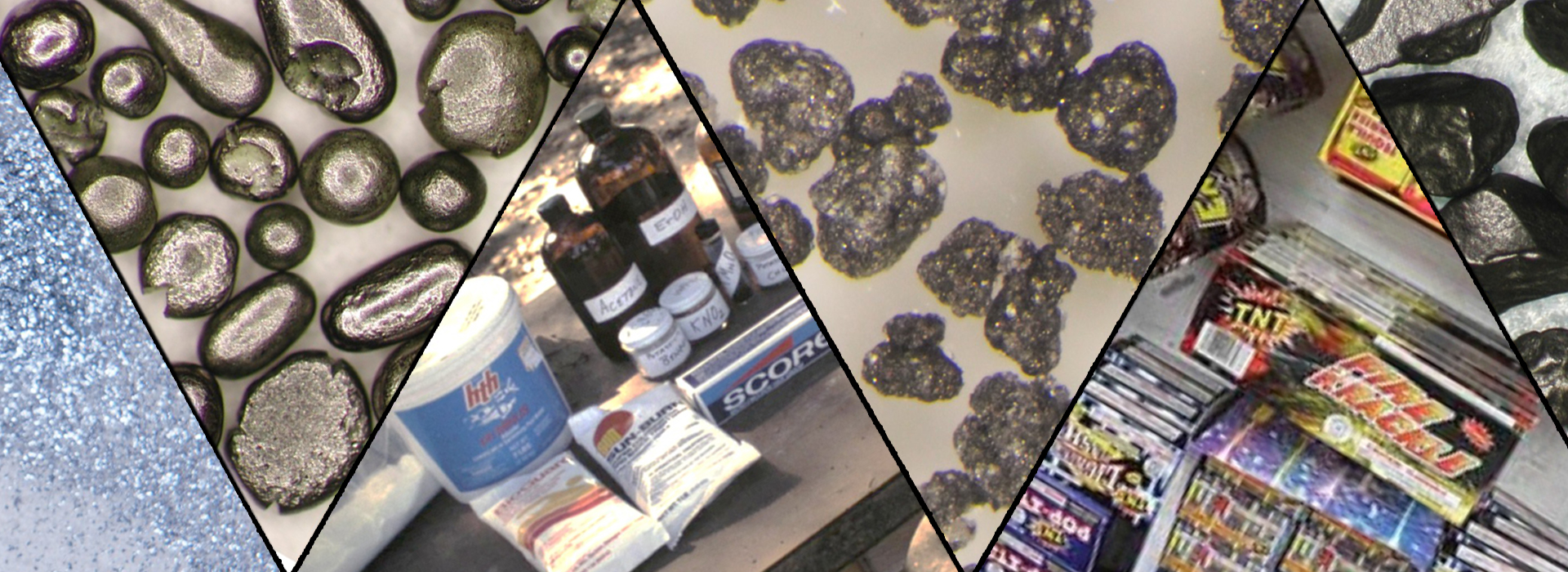This webinar originally occurred on July 16, 2020
Duration: 1.5 hours
Overview
The presenters in this webinar will discuss intact low explosives analysis with an emphasis on microscopical methods. They will cover basic terminology for explosives, the rationale of low explosives analysis for most crime laboratories, the six major categories of low explosives, and examples of three analyses using microscopical methods.
An explosive material is an unstable substance containing sufficient oxidizer and fuel, whether as separate materials or attached in a single molecule, that becomes more stable through deflagration or detonation. The explosion could be high order, where all or nearly all the explosive material was consumed in the explosion, or low order, where some amount of original starting material remains. Explosions occur in three primary categories: mechanical, chemical, and nuclear. The focus of the webinar will be on chemical explosions.
Generally, intact and post-blast low explosive cases can be handled at the local and state level because they are typically state or local crimes. Many crime labs have the equipment available to analyze these cases. The Federal Bureau of Investigation (FBI) or the Bureau of Alcohol, Tobacco, Firearms, and Explosives (BATFE) will likely claim jurisdiction in post-blast high explosives cases (and some post-blast low explosives cases) because these are often terrorist or federal government related crimes. Additionally, because of the volume of cases they deal with from all over the world, both agencies have the equipment, expertise, and experience to competently analyze this kind of evidence.
The six major categories for low explosives are black powders, black powder substitutes, smokeless powders, flash powders, pyrotechnic mixtures, and hypergolic chemicals. Stereo light microscopy (SLM), polarizing light microscopy (PLM), scanning electron microscopy (SEM) with energy dispersive x-ray spectroscopy (EDX), and micro infrared spectroscopy (FTIR) along with chemical methods will be used to demonstrate the analysis of intact flash powder, black powder, and a post-blast explosion case where Pyrodex® was recovered.
Images and videos will be used throughout to illustrate many of the concepts and methods presented.
Detailed Learning Objectives
- Describe the difference between deflagrating and detonating explosives
- State the three main categories of explosions
- Explain uses of a stereo light microscope and polarizing light microscope in the analytical scheme for intact low explosives analysis
Presenter
- Wayne Moorehead
Funding for this Forensic Technology Center of Excellence webinar has been provided by the National Institute of Justice, Office of Justice Programs, U.S. Department of Justice.
The opinions, findings, and conclusions or recommendations expressed in this webinar are those of the presenter(s) and do not necessarily reflect those of the U.S. Department of Justice.
Contact us at ForensicCOE@rti.org with any questions and subscribe to our newsletter for notifications.




